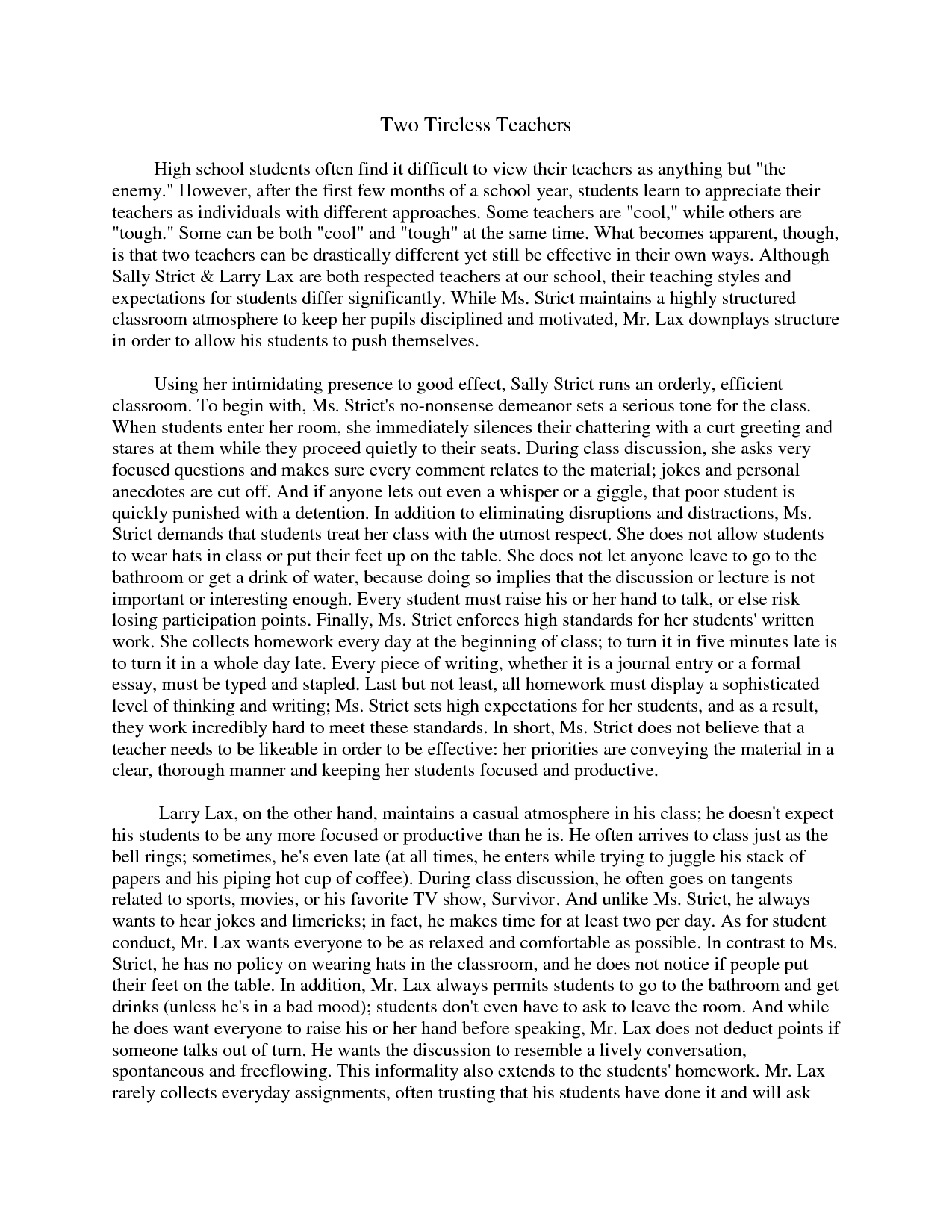
Venn diagrams are a visual tool that can help students organize information and identify connections between different concepts. To add a Q&A factor students can be asked to discuss their sorting choices and justify why they placed an item in a particular category.Īfter sorting, students can also review their work and reflect on the similarities and differences between the items and categories and then finally share their insights with the class. Then, each student must be given a set of items to sort and the students can group the items into the appropriate categories. They can then specify a set of categories that the items can be sorted into, such as size, type, or function. To conduct a sorting activity, following these steps, teachers can go ahead and choose items that can be grouped based on shared characteristics or attributes, such as animals, shapes, colors, or historical events. This activity can be used to compare and contrast different topics or concepts. Much like the skimming and scanning activity, sorting is an active learning activity in which students categorize a set of items into different groups based on their similarities and differences. Interesting compare-and-contrast activities for the classroomĪn engaged classroom is where the most learning happens, hence, the compare and contrast activities mentioned below can be the perfect choice for any classroom to maximize learning. Hence, below are some intriguing and engaging compare-and-contrast activities with steps and benefits that must be tried in the classroom. These activities involve identifying similarities and differences between two or more items, concepts, or ideas and can be used across a variety of subjects and grade levels.įurthermore, they can be used in a variety of ways, such as group discussions, debates, graphic organizers, and writing assignments, making them versatile in the classroom. These skills are like a magical set of binoculars, allowing kids to zoom in and out, examine things from different angles, and gain a more complete picture of the world around them.Ĭompare and contrast activities are an essential part of education, as they help students develop critical thinking and analysis skills. They help kids explore the world, discover similarities and differences, and gain a deeper understanding of the subjects they’re studying. That’s exactly what comparing and contrasting skills do for our young minds.


Now imagine, as kids, we have the ability to climb to the top of each tree and survey the landscape from different perspectives. Picture two tall trees, each unique in its own way but still standing tall and proud.


 0 kommentar(er)
0 kommentar(er)
